How should one assess the outcome of the much-hyped COP26?
Even a cursory reading of the outcome document[1] adopted by COP26 shows how weak the result has been.
The COP bravely resolved to “pursue efforts to limit the temperature increase to 1.5 °C” but had no great ideas to offer how it should be done. Meeting this goal, as the COP notes will require “reducing global carbon dioxide emissions by 45 per cent by 2030 relative to the 2010 level and to net zero around mid-century, as well as deep reductions in other greenhouse gases”. But are the countries ready to do that? That remains to be seen but the omens are not good.
The crux of the matter is that the developed countries have not lived up to their commitments. Neither have they collectively cut their emissions to the desired levels, nor provided the necessary finance and technology to the developing countries. They should do so because they are the ones who are responsible for historic emissions. They have left little carbon budget to countries who are starting their development journey now.
Regrettably the COP26 document does not mention the principle of ‘Common But Differentiated Responsibility’ (CBDR). The reference to “climate justice” is highly emaciated and almost an apology.
It ends up with noting the with concern the short falls in the fulfillment of pledges made by the developed counties to the developing countries vulnerable to climate change, but it does nothing more than merely urging them to enhance their contributions.
The document shifts to action to the next COPs to be held in Egypt in 2022 and UAE in 2023. By that time the atmosphere would have got additional 80 billion tons of CO2.
The document notes the urgency of mitigation, adaptation and the need to help developing countries but does not come up with any out of the box idea.
Way back in 2009, the developed counties had promised to mobilise USD100 billion annually by 2020. That crucial promise has not been fulfilled. The COP26 noted with “deep regret that the goal of developed country Parties to mobilize jointly USD 100 billion per year by 2020…has not yet been met” and “the current provision of climate finance for adaptation remains insufficient”.
COP’s candidness is welcome but what should be done? Merely urging the developed countries to “fully deliver on the USD 100 billion goal urgently and through to 2025” will not take the matter far. COP has merely decided “to establish an ad hoc work programme from 2022 to 2024” and start deliberations on new “collective quantified goal”. That is great, but the past record of the developed countries is not inspiring.
There is an “Adaptation Trust Fund” which finances adaptation projects in vulnerable countries. Cumulatively it has received so far only “USD 1,107.40 million, as at 30 June 2021, comprising USD 208.38 million from the monetization of certified emission reductions, USD 858.82 million from contributions and USD 40.21 million from investment income earned on the Trust Fund balance” with a “Cumulative disbursements to the 121 projects approved since the operationalization of the Adaptation Fund amounting to USD 485.9 million, including USD 76.2 million disbursed between 1 July 2020 and 30 June 2021. [2] This is too little for the needs of vulnerable countries.
The vulnerable countries are also supposed to be compensated for the ‘loss and damage’ they suffer due to climate events. There is also a Least Developing Countries fund to help the poorest countries. The document merely notes the increased pledges but refrains from setting any specific targets.
Mitigation is an important part of climate action. Here, the COPcalls upon the parties to scale up “the deployment of clean power generation and energy efficiency measures”, including, “accelerating efforts towards the phasedown of unabated coal power and phaseout of inefficient fossil fuel subsidies, while providing targeted support to the poorest and most vulnerable in line with national circumstances and recognizing the need for support towards a just transition”. The document makes a reference to the coal phase down for the first time. Whether this will have any impact remains to be seen. The focus is on deployment of new technologies. The fact is that energy transition is a complex process. Even the developed countries are not fully geared to it.
There has been some controversy about the phraseology regarding coal. According to media reports the original wording was to ‘phaseout’ coal but on India’s objection ‘phaseout’ by ‘phasedown’. The media quoting the Indian government sources has pointed out that India should not be blamed for the dilution of the wording. The phrase was taken from the US-China joint statement on climate change that was issued a few days ago. Any ways, coal is here to stay for a long while as are fossil fuels. Clean energy is not viable in most countries as yet.
It is the high-level segment of COP26 several world leaders made important announcements. Indian PM announced that India would achieve net zero emissions by 2070; reduce carbon emissions by 1 billion tonne by 2030, fulfil 50 percent of its energy requirements by renewable energy by 2030, install RE capacity of 500 GW (up from 450 GW) by 2030 and reduce carbon intensity of its economy to 45 percent. These five goals (panchamrit) made public by India made good impact. The Indian narrative is that it has exceeded its obligations under Paris Climate Change accord and the new goals announced show its deep commitments to climate change. The Indian Prime Minister also urged the developed countries to come forward with USD 1 trillion-dollar funding by 2030.
US president Biden promised to cut US greenhouse gas emissions by more than a gigaton by 2030 and reduce US emissions by 50 to 52% below 2005 levels by then and achieve net zero “by no later than 2050”.
The US and China, the two largest emitters of CO2 emissions in the world, made a comprehensive joint declaration[3] on tackling climate change. The United States has promised to reach a goal of producing electricity without fossil fuels by 2035 while “China will phase down coal consumption during the 15th Five Year Plan”. They have agreed to set up a joint working group to coordinate their actions on climate action.
The European Union and the United States came up with a 'Global Methane Pledge’ to cut global methane emissions by 30 per cent by 2030. More than 40 countries pledged not to make investments in new coal power plants. The US, China, India did not join them. In a major USD 19 billion deal more than 100 countries promised to end and reverse deforestation by 2030. India, Australia, and the UK, in collaboration with small island developing states (SIDS), launched a new initiative Infrastructure for Resilient Island States (IRIS) thatwill help small island nations to lessen the impact of climate disasters and build resilience. These are parallel processes and important in their own right. But they are not a part of the formal COP process. The implementation of the promises made is a challenge, as the past experience shows.
The decade up to 2030 is meant to be a decade of accelerated action. Most world leaders recognise that. Glasgow climate pact has kept the goal of 1.5 degrees alive. That is a positive. COP26 noted the urgency but failed to come up with matching action plan. The politics of climate change politics is extremely complex. It is becoming increasingly clear that even the developed countries are not prepared to make a switch to decarbonise their economies to the required extent because it is expensive and entails massive socioeconomic restructuring.
Post covid, there is scepticism about global cooperation to resolve world’s big issues. The COP26 document is the lowest common denominator. It indicates the lack of will to tackle the climate changein a just and fair manner. The developed countries must up their game.
Endnotes:
[1]https://unfccc.int/sites/default/files/resource/cma3_auv_8e_collective_goal_new.pdf
[2]https://unfccc.int/sites/default/files/resource/CMA%203_auv_8d_AF.pdf
[3]https://www.state.gov/u-s-china-joint-glasgow-declaration-on-enhancing-climate-action-in-the-2020s/
(The paper is the author’s individual scholastic articulation. The author certifies that the article/paper is original in content, unpublished and it has not been submitted for publication/web upload elsewhere, and that the facts and figures quoted are duly referenced, as needed, and are believed to be correct). (The paper does not necessarily represent the organisational stance... More >>
Image Source: https://pbs.twimg.com/media/FDYhEKbXsAEFpVx?format=jpg&name=small

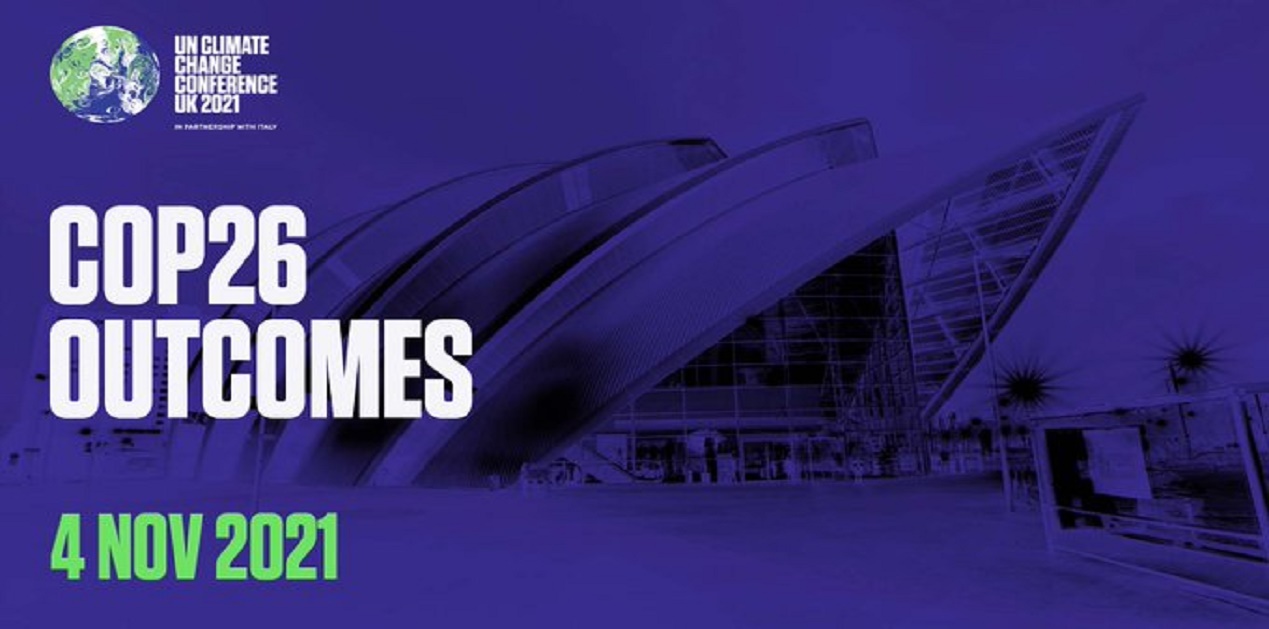
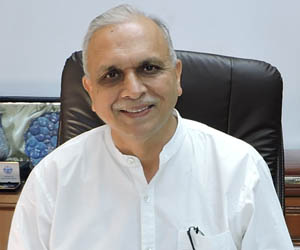

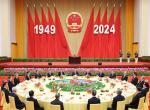



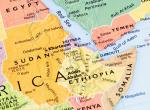
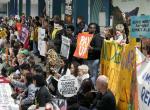
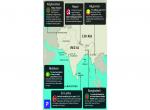
Post new comment